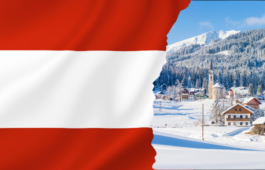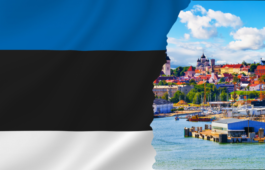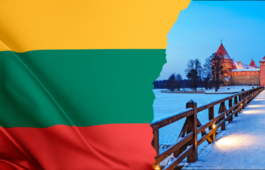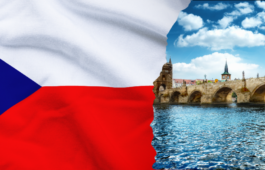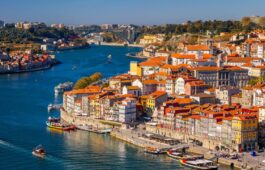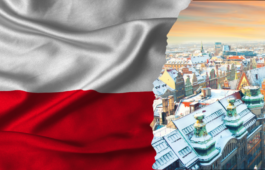- 9 February 2017
- The Migration Bureau
- No Comments
The Magnanimous Indian Maharaja who has a road named after him in Warsaw
Warsaw is a city which has survived many wars and holds many tales of bravery and heroism and generousity. As an Indian living in Warsaw i am more interested in old historical facts and stories about Indo- Polish friendship which can help me understand the kind of relationship India and Poland shared since old times. Out of many stories, The one that really caught my eye is about an Indian Maharaja who has got a road named after him in Warsaw.

The Good Maharaja Square
My friends living in Warsaw would know or perhaps would have visited the Ochota district in central Warsaw. This is where the “Good Maharaja Square” is situated. The square is named after the Maharaja Jam Sri Digvijaysinhji Ranjitsinhji commemorating him who died in 1966.
The Generous Maharaja
During the Second World War, when Germany invaded Poland in 1939, it acted in collaboration with the Soviet Union. The two totalitarian regimes had signed the Molotov-Ribbentrop pact earlier that year, agreeing to partition Poland. Sixteen days after Hitler attacked the western border, the Red Army launched an eastern offensive. The two great powers carved up Poland according to plan and for a while co-existed peacefully, before jumping at each other’s throats in 1941. Stalin’s attack on Poland orphaned thousands of children, who were then were relocated deep into the Soviet Union, in camps and temporary orphanages where they were often left to die of illness or hunger.
In 1941 an amnesty allowing the destitute little refugees to leave the Soviet Union was declared. Some of them eventually found refuge in Mexico, New Zealand and other distant countries, but India was the first state to offer them shelter. Maharaja Jam Saheb Digvijaysinhji Ranjitsinhji, the ruler of Nawanagar, a princely state in British India, volunteered to provide hundreds of children with a home. As a Hindu delegate to Great Britain’s war cabinet, the maharaja was well aware of the international situation at the time, and his generous nature prompted him to immediately come forth with his offer. The children were transported to India by members of Anders’ Army (a Polish armed force formed in the Soviet Union after the amnesty), the Red Cross, the Polish consulate in Bombay and British officials.
When their ship docked in Mumbai, the British governor too refused them entry. Maharaja Digvijaysinhji Ranjitsinhji Jadeja of Nawanagar, who had heard of the plight of the refugees, sought to help them and pressurized the British government to allow the refugees to disembark. Frustrated by the lack of empathy and the unwillingness of the government to act, the Maharaja ordered the ship to dock at Rosi port in his province. Thus began the story of Little Poland in India.
In early 1942, the first group, 170 orphans, travelled 1,500km in trucks from Ashgabat to Bombay (now Mumbai), from where they went to Balachadi, a small seashore town in north-western India, 25 km from the Maharaja’s capital Jamnagar. Compared to the hell they had experienced in the Soviet Union their destination must have seemed like paradise. The maharaja greeted the newcomers with the following words: ‘You are no longer orphans. From now on you are Nawangarians , and I am Bapu, father of all Nawangarians, so I’m your father as well’. He built dormitories in which each of them had a separate bed. He also generously provided for the children so that they could study, play and eat to their heart’s content.
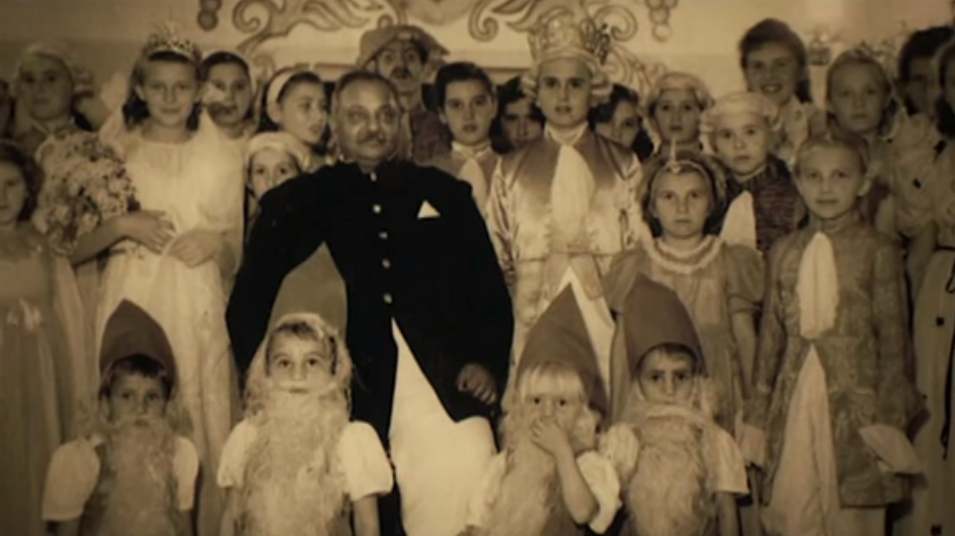
Maharaja Jam Saheb with the Polish orphans
Between 1942 and 1946 over 600 Polish children found a home in India thanks to the maharaja. They were all provided with food, clothes and medical care. The kind ruler let the guest house of his Balachadi palace be used as a school so that his little protégés could learn to read and write. A special library with Polish books was set up so that they wouldn’t forget their mother tongue. They often staged theatrical plays, which Digvijaysinhji always attended. After the representations ‘he would invite the young actors for a festive tea and give them sweets’ writes Wiesław Stypuła, one of these rescued orphans, in his book W gościnie u ‘polskiego’ maharadży (editor’s translation: At the ‘Polish’ Maharaja’s). The children also played football, volleyball, grass hockey and even went camping. When the war ended and the orphans had to return to Europe, both the children and the maharaja were heart-broken.
About the Maharaja
The Indian monarch was the Maharaja of the princely state of Nawanagar.
Although Nawanagar was technically one of the 565 states that were independent from British rule across India, in practice matters were somewhat blurred.
The maharaja of Nawanagar had been educated in England and had served for a time in the British Army, and when war broke out in Europe in 1939, the prince was chosen as a member of Churchill’s Imperial War Cabinet.
Good Maharaja Square
Digvijaysinhji never requested financial compensation for his grand gesture. His only wish, which he mentioned during a conversation with Polish general Władysław Sikorski, was to have a street named after him in liberated Poland. Sadly, his dream didn’t come true during his lifetime. The communist regime was highly reluctant to recognize the orphans’ plight, since it would have shed light on atrocities perpetrated by the Red Army. It was only after the political turn of 1989, when Poland became a fully independent state, that a square in Warsaw was named after Digvijaysinhji. Since 2012, a small park in the city’s south-western area of Ochota is called the Square of the Good Maharaja.Due to the fact that the name is difficult to pronounce and to remember, members of the District Council suggested the name “Good Maharaja Square”.
A monument dedicated to the kind-hearted prince was also erected, and he was posthumously given the Commander’s Cross of the Order of Merit of the Republic of Poland.
For those of you who would like to visit the square here is the location:


